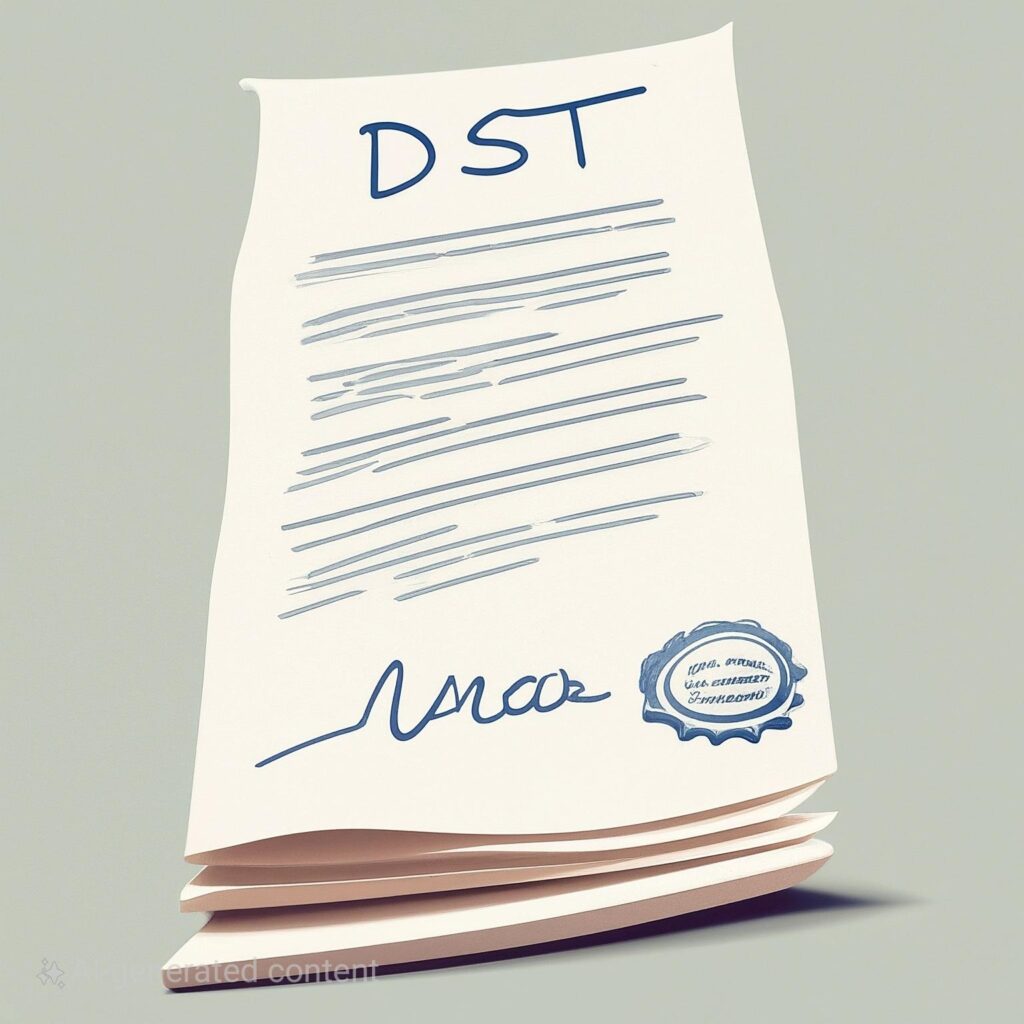DST (Delaware Statutory Trust)
A Delaware Statutory Trust (DST) is a legal trust used for real estate investment, allowing individuals to own fractional interests in properties without active management responsibilities. DSTs qualify for 1031 exchanges, enabling tax deferral and access to larger or diversified assets.
What Are The 5 Ways To Invest In Real Estate?
Real estate offers various investment approaches, including options for single or multiple owners. When multiple parties are involved, they may each hold direct ownership of a fractional share of the property, or they may own shares in an entity that holds the title. Each ownership structure presents unique advantages and disadvantages, depending on the specific investment goals and circumstances. Here, we’ll explore five popular structures for real estate ownership:
– Sole Ownership
– REITs (Real Estate Investment Trusts)
– Tenant-in-Common Arrangements
– Delaware Statutory Trusts
– Equity Funds
These structures simply outline ownership methods and do not affect the type of property. Each allows for investment in similar property assets, just through different frameworks. You can discuss the potential benefits and drawbacks of each structure with an Investment Advisor or 1031 Exchange Specialist, but we are going to focus only on the DST’s for now.
Why, DST's?
DST shares are regarded by the IRS as “like kind” with real property, making DST investments 1031-compatible. Unlike ordinary exchanges, however, investors are not burdened with any management obligations for their replacement properties, which instead are assumed by the DST’s trustee.
The pros of DST-structured investments: they are 1031-compatible investments that provide passive cash flow (at least quarterly, but typically monthly) without any management obligations for the investor.
The cons of DST-structured investments: they are long-term, illiquid investments in which the investor has little control over asset management.

